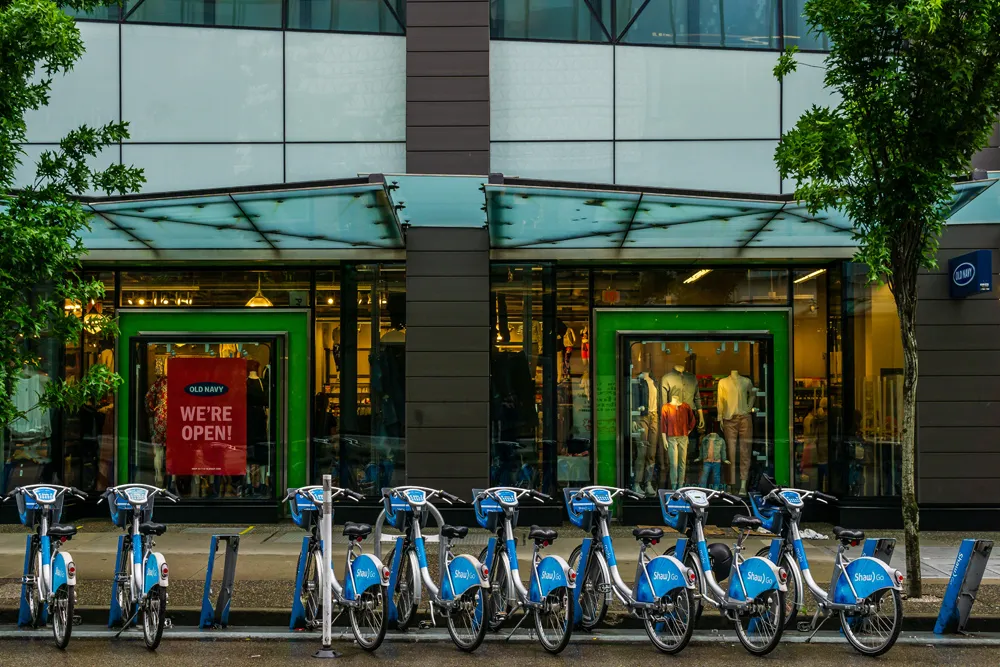
The
A major aspect of Siemens’ participation at Intertraffic is its X-pert Centre where experts will provide invaluable insights into the latest ITS technologies and innovations. There are regular keynote presentations several times each day: for instance, today’s programme covers six topics: Automated Enforcement; Autonomous Cars; Tunnel automation; The next generation of intersection technology; and Intelligent Street Lighting. Check out the programme for today, and the rest of the week, at the Siemens stand.
Siemens will also be unveiling and highlighting several innovations including Sitraffic SiBike, the Sitraffic smartGuard solution, intelligent street lighting and a truck guidance system, to name just a few.
Sitraffic SiBike, which has been nominated as an Intertraffic Innovation Award finalist, is an infrastructure-free bike prioritisation system based on a smartphone App. When a cyclist with the smartphone App running approaches an intersection, a virtual trigger point is activated. The control centre then activates the command to give or extend the green time to traffic lights. All trigger points are purely software-based and don’t require roadside infrastructure.
With the Siemens Sitraffic SmartGuard solution, smaller cities and municipalities can build virtual, web-based traffic control systems without having to invest in costly hardware. The equipment is fully operated by Siemens in Munich, and the municipality is only charged for the services it uses. More than 5,000 light signal systems in 18 countries are currently connected to Sitraffic SmartGuard.
Meanwhile, Siemens intelligent street lighting provides light only when it is actually needed. If there is no traffic, the system works at around 20 per cent capacity; if required, full capacity is available in fractions of a second. The result is a cost-effective lighting control system, with optimum safety ensured.










